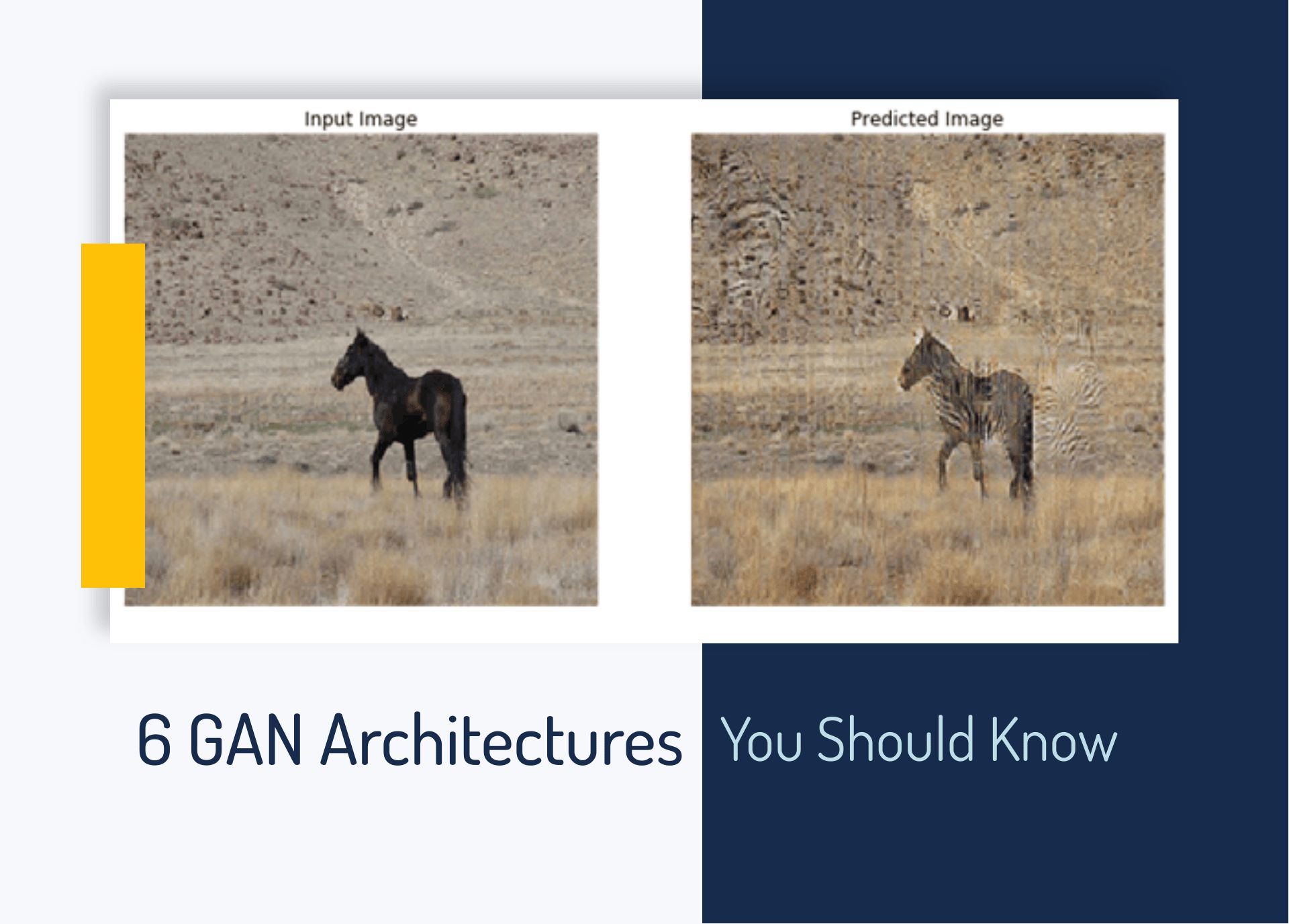Generative Adversarial Networks (GANs) were first introduced in 2014 by Ian Goodfellow et. al. and since then this topic itself opened up a new area of research.
Within a few years, the research community came up with plenty of papers on this topic some of which have very interesting names :). You have CycleGAN, followed by BiCycleGAN, followed by ReCycleGAN and so on.
With the invention of GANs, Generative Models had started showing promising results in generating realistic images. GANs has shown tremendous success in Computer Vision. In recent times, it started showing promising results in Audio, Text as well.
Some of the most popular GAN formulations are:
- Transforming an image from one domain to another(CycleGAN),
- Generating an image from a textual description (text-to-image),
- Generating very high-resolution images (ProgressiveGAN) and many more.
In this article, we will talk about some of the most popular GAN architectures, particularly 6 architectures that you should know to have a diverse coverage on Generative Adversarial Networks (GANs).
Namely:
- CycleGAN
- StyleGAN
- pixelRNN
- text-2-image
- DiscoGAN
- lsGAN
#machine-learning #deep-learning #data-science #gan-algorithm #gans #gan
